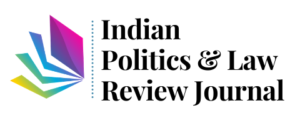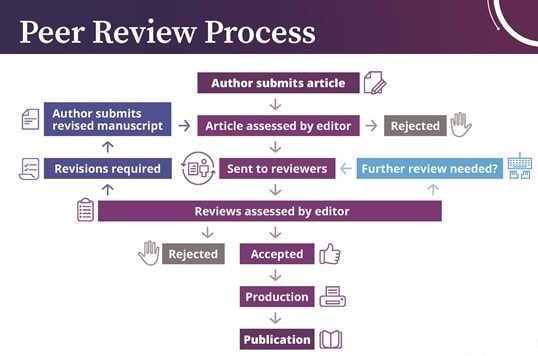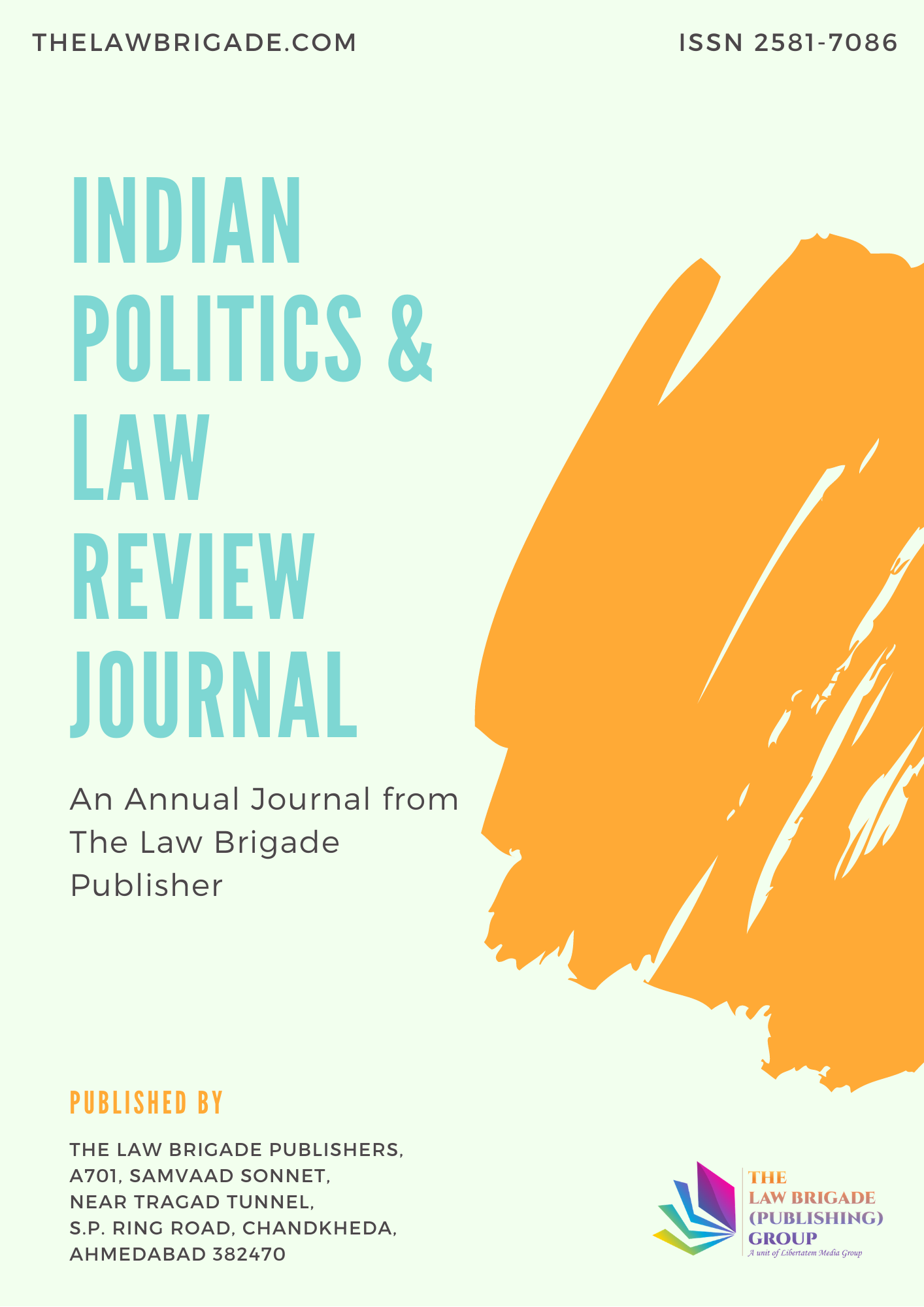Submission of Paper
The corresponding or submitting author submits the paper to the journal. This is usually via our own customized Submission Form. Anonymity is maintained as the Details of Authors and the manuscript is only submitted using the Submission Form and the Manuscript does not contain any identification marks.
Editorial Office Assessment
The journal checks the paper’s composition and arrangement against the journal’s Submission Guidelines to make sure it includes the required sections and stylizations. The quality of the paper is not assessed at this point.
Plagiarism Assessment
Plagiarism is the “wrongful appropriation” and “stealing and publication” of another author’s “language, thoughts, ideas, or expressions” and the representation of them as one’s own original work.
The journal team runs a plagiarism test to ensure that the manuscript does not contain any unauthorized version of someone else’s work. During the plagiarism check, the team ignores “Quotes” and “Footnoted/ Endnoted” content as they do not fall under the plagiarism definition.
Appraisal by the Editor-in-Chief (EIC)
The EIC checks that the paper is appropriate for the journal and is sufficiently original and interesting. If not, the paper may be rejected without being reviewed any further.
EIC Assigns an Associate Editor (AE)
Our journals have Associate Editors who handle the peer review. If they do, they would be assigned at this stage.
Invitation to Reviewers
The handling editor sends invitations to individuals he or she believes would be appropriate reviewers. As responses are received, further invitations are issued, if necessary, until the required number of acceptances is obtained – commonly this is 2, but there is some variation between journals.
Response to Invitations
Potential reviewers consider the invitation against their own expertise, conflicts of interest and availability. They then accept or decline. If possible, when declining, they might also suggest alternative reviewers.
Review is conducted
The reviewer sets time aside to read the paper several times. The first read is used to form an initial impression of the work. If major problems are found at this stage, the reviewer may feel comfortable rejecting the paper without further work. Otherwise, they will read the paper several more times, taking notes so as to build a detailed Point-By-Point Review. After the Point-by-Point Review Phase, the papers are forwarded for a 2 Stage Double-Blind Peer Review. The Review is conducted in 2 stages namely:
The Facts Check Stage: Our Journals have few Facts Checkers in the Editorial Team who is solely responsible to cross check all the facts mentioned in the manuscript. If the Facts Finder Team finds any contradicting facts, the papers get rejected. However, if minor changes are required, the Fact Finders are authorized to make such changes. Furthermore, the Reviewers are empowered to send the paper back to the author if major changes are required.
Once the Facts Finder Team is satisfied with the work, the same is forwarded to the Language Check Stage.
The Language Check Stage: In the Language Check Stage, the team generally checks the overall language of the manuscript along with Spelling Mistakes & Grammatical Errors. All changes required are done by the Reviewers.
The review is then submitted to the journal, with a recommendation to accept or reject it – or else with a request for revision (usually flagged as either major or minor) before it is reconsidered.
Journal Evaluates the Reviews
The handling editor considers all the returned reviews before making an overall decision. If the reviews differ widely, the editor may invite an additional reviewer so as to get an extra opinion before making a decision.
The Decision is communicated
The editor sends a decision email to the author including any relevant reviewer comments (in a personal one-on-one email communication if required). Whether the comments are anonymous or not will depend on the type of peer review that the journal operates.
Final Publication
If accepted, the paper is sent to production. If the article is rejected or sent back for either major or minor revision, the handling editor should include constructive comments from the reviewers to help the author improve the article. At this point, reviewers should also be sent an email or letter letting them know the outcome of their review. If the paper was sent back for revision, the reviewers should expect to receive a new version, unless they have opted out of further participation. However, where only minor changes were requested this follow-up review might be done by the handling editor.
Post-publication review
In Post Publication Review, the option for appraisal and revision of a paper continues – or occurs – after publication. This may take the form of a comments page or discussion forum alongside the published paper. Crucially, post-publication peer review does not exclude other forms of peer review and is usually in addition to, rather than instead of, pre-publication review. The Journal’s Editorial Team is authorised to make changes to the published manuscript even after publication if deemed necessary for the quality control purpose.
This approach reflects the evolving nature of knowledge and it gives the opportunity for papers to be corrected or improved as an when any development occurs.






